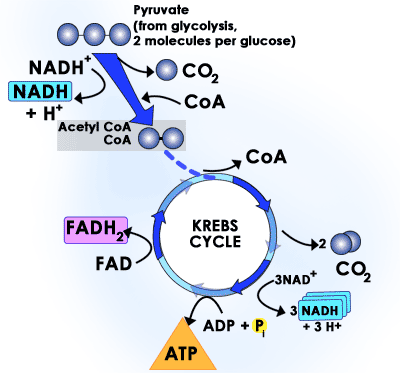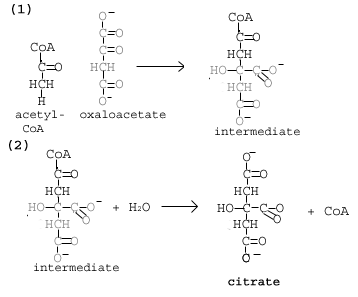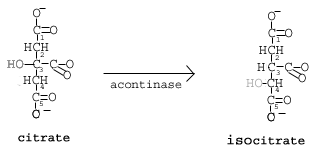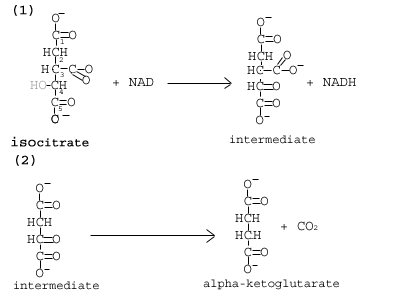Please wait while we process your payment
If you don't see it, please check your spam folder. Sometimes it can end up there.
If you don't see it, please check your spam folder. Sometimes it can end up there.
Please wait while we process your payment

By signing up you agree to our terms and privacy policy.
Don’t have an account? Subscribe now
Create Your Account
Sign up for your FREE 7-day trial
By signing up you agree to our terms and privacy policy.
Already have an account? Log in
Your Email
Choose Your Plan
Individual
Group Discount
Save over 50% with a SparkNotes PLUS Annual Plan!
 payment page
payment page
Purchasing SparkNotes PLUS for a group?
Get Annual Plans at a discount when you buy 2 or more!
Price
$24.99 $18.74 /subscription + tax
Subtotal $37.48 + tax
Save 25% on 2-49 accounts
Save 30% on 50-99 accounts
Want 100 or more? Contact us for a customized plan.
 payment page
payment page
Your Plan
Payment Details
Payment Summary
SparkNotes Plus
You'll be billed after your free trial ends.
7-Day Free Trial
Not Applicable
Renews July 8, 2025 July 1, 2025
Discounts (applied to next billing)
DUE NOW
US $0.00
SNPLUSROCKS20 | 20% Discount
This is not a valid promo code.
Discount Code (one code per order)
SparkNotes PLUS Annual Plan - Group Discount
Qty: 00
SparkNotes Plus subscription is $4.99/month or $24.99/year as selected above. The free trial period is the first 7 days of your subscription. TO CANCEL YOUR SUBSCRIPTION AND AVOID BEING CHARGED, YOU MUST CANCEL BEFORE THE END OF THE FREE TRIAL PERIOD. You may cancel your subscription on your Subscription and Billing page or contact Customer Support at custserv@bn.com. Your subscription will continue automatically once the free trial period is over. Free trial is available to new customers only.
Choose Your Plan
This site is protected by reCAPTCHA and the Google Privacy Policy and Terms of Service apply.
For the next 7 days, you'll have access to awesome PLUS stuff like AP English test prep, No Fear Shakespeare translations and audio, a note-taking tool, personalized dashboard, & much more!
You’ve successfully purchased a group discount. Your group members can use the joining link below to redeem their group membership. You'll also receive an email with the link.
Members will be prompted to log in or create an account to redeem their group membership.
Thanks for creating a SparkNotes account! Continue to start your free trial.
We're sorry, we could not create your account. SparkNotes PLUS is not available in your country. See what countries we’re in.
There was an error creating your account. Please check your payment details and try again.
Please wait while we process your payment

Your PLUS subscription has expired
Please wait while we process your payment
Please wait while we process your payment

The Reactions of the Citric Acid Cycle
We are now ready to begin going through the reactions of the citric acid
cycle. The cycle begins with the reaction between acetyl-CoA and the
four-carbon oxaloacetate to form six-carbon citric acid. Through the next
steps of the cycle, two of the six carbons of the citric acid leave as carbon
dioxide to ultimately yield the four carbon product, oxaloacetate, which is used
again in the first step of the next cycle. During the eight reactions that take
place, for every molecule of acetyl-CoA the cycle produces three NADH and
one flavin adenine dinucleotide (FAD/FADH2), along with one molecule of
ATP.

The first reaction of the citric acid cycle is catalyzed by the enzyme citrate synthase. In this step, oxaloacetate is joined with acetyl-CoA to form citric acid. Once the two molecules are joined, a water molecule attacks the acetyl leading to the release of coenzyme A from the complex.

The next reaction of the citric acid cycle is catalyzed by the enzyme acontinase. In this reaction, a water molecule is removed from the citric acid and then put back on in another location. The overall effect of this conversion is that the –OH group is moved from the 3' to the 4' position on the molecule. This transformation yields the molecule isocitrate.

Two events occur in reaction 3 of the citric acid cycle. In the first reaction, we see our first generation of NADH from NAD. The enzyme isocitrate dehydrogenase catalyzes the oxidation of the –OH group at the 4' position of isocitrate to yield an intermediate which then has a carbon dioxide molecule removed from it to yield alpha-ketoglutarate.

In reaction 4 of the citric acid cycle, alpha-ketoglutarate loses a carbon dioxide molecule and coenzyme A is added in its place. The decarboxylation occurs with the help of NAD, which is converted to NADH. The enzyme that catalyzes this reaction is alpha-ketoglutarate dehydrogenase. The mechanism of this conversion is very similar to what occurs in the first few steps of pyruvate metabolism. The resulting molecule is called succinyl-CoA.

The enzyme succinyl-CoA synthetase catalyzes the fifth reaction of the citric acid cycle. In this step a molecule of guanosine triphosphate (GTP) is synthesized. GTP is a molecule that is very similar in its structure and energetic properties to ATP and can be used in cells in much the same way. GTP synthesis occurs with the addition of a free phosphate group to a GDP molecule (similar to ATP synthesis from ADP). In this reaction, a free phosphate group first attacks the succinyl-CoA molecule releasing the CoA. After the phosphate is attached to the molecule, it is transferred to the GDP to form GTP. The resulting product is the molecule succinate.
Please wait while we process your payment

